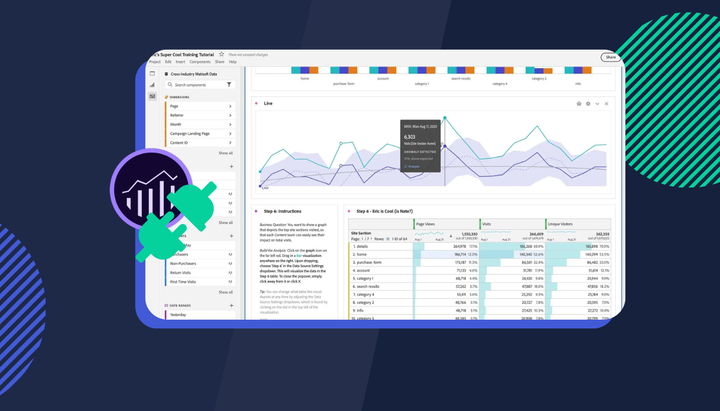What is the Difference Between GA3 and GA4 Dimensions?
One of the key areas of change between Universal Analytics (GA3) and Google Analytics 4 (GA4) lies in dimensions—the building blocks of how data is categorised and analysed. Learn more.

As Google Analytics evolves, understanding the nuances between versions becomes crucial for marketers and analysts alike. One of the key areas of change between Universal Analytics (GA3) and Google Analytics 4 (GA4) lies in dimensions—the building blocks of how data is categorised and analysed. If you're unsure what a dimension is in Google Analytics check out this article we wrote. Let's dive into what sets GA3 and GA4 dimensions apart and why it matters for your analytics strategy.
Universal Analytics (GA3): A Familiar Foundation
In Universal Analytics, dimensions are defined as attributes of your data, such as page paths, event names, or user geographical locations. These dimensions are used alongside metrics to create reports that provide insights into user behaviour on your website. Universal Analytics offers a predefined set of dimensions and allows for custom dimensions to be configured, giving marketers flexibility within a structured framework.
Google Analytics 4 (GA4): A New Paradigm
GA4 introduces a more flexible, event-driven model for collecting and analysing data. This shift significantly impacts dimensions, with GA4 offering an expanded and more granular set of dimensions out of the box. The focus is on understanding the user journey across platforms and devices, leading to the introduction of new dimensions that reflect this cross-platform emphasis.
Key Differences
- Event-Based Model: GA4's dimensions are closely tied to its event-based data model. Every interaction is captured as an event, with parameters that can be used as dimensions. This approach allows for a more detailed and customisable analysis of user actions.
- User Properties: GA4 places a greater emphasis on user properties, which are attributes that describe segments of your user base, such as interests or demographics. These properties can be used as dimensions to segment and analyse data more effectively.
- Cross-Platform Tracking: With GA4's focus on providing a unified view of the customer journey across devices, dimensions related to the user's platform, device, and session continuity play a more prominent role. This reflects GA4's aim to track users rather than sessions.
- Flexibility and Customisation: GA4 offers more flexibility in defining and using dimensions. Users can create custom dimensions based on event parameters directly in the interface, making it easier to tailor analytics to specific business needs.
Why Does It Matter?
The shift from GA3 to GA4 dimensions reflects a broader change in how we approach digital analytics. With GA4, the emphasis is on understanding the holistic user journey, requiring a more flexible and detailed set of dimensions to capture the nuances of user interactions across touchpoints. This change enables deeper insights and more effective optimisation strategies but also requires analysts and marketers to adapt their thinking and methodologies.
Transitioning from GA3 to GA4 is not just about learning a new set of features; it's about embracing a new analytics philosophy. As you navigate this change, consider how the differences in dimensions can be leveraged to gain a deeper understanding of your users and drive more informed decisions.
Additional resources you might be interested in:
- Why your data is sampled by GA4 and what to do about it
- Beyond GA4: A Comprehensive Look at Analytics Alternatives
- How GA4 Data Sampling Works
While we have you, are you thinking of replatforming? Try our step-by-step guide (with free templates)

- Identifying Limitations of the Current Platform
- Aligning Re-platforming Goals with Business Strategy
- Conducting a Comprehensive UX, Marketing and Tech Audit
- Questions to consider when analysing your site’s digital experience



